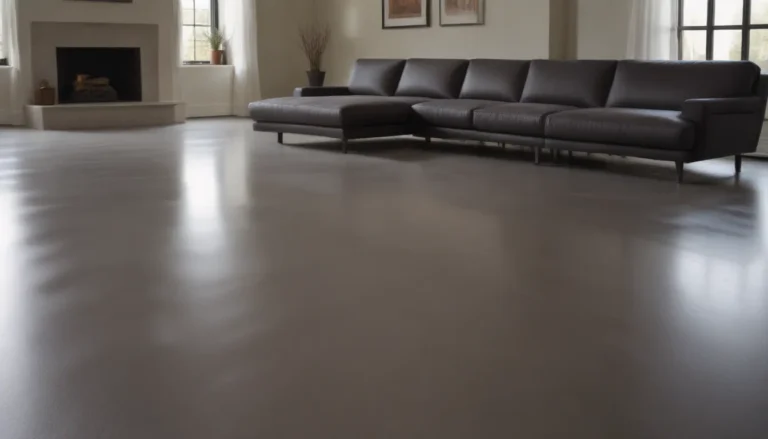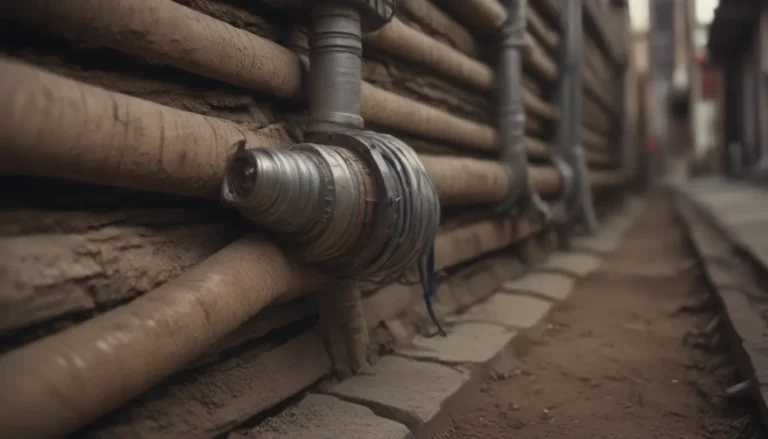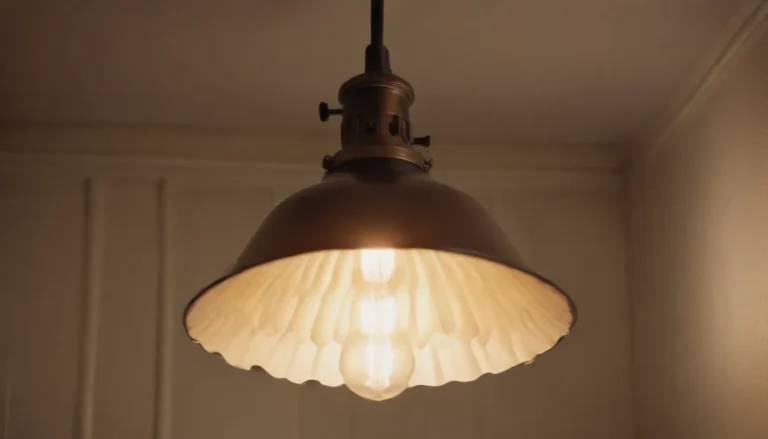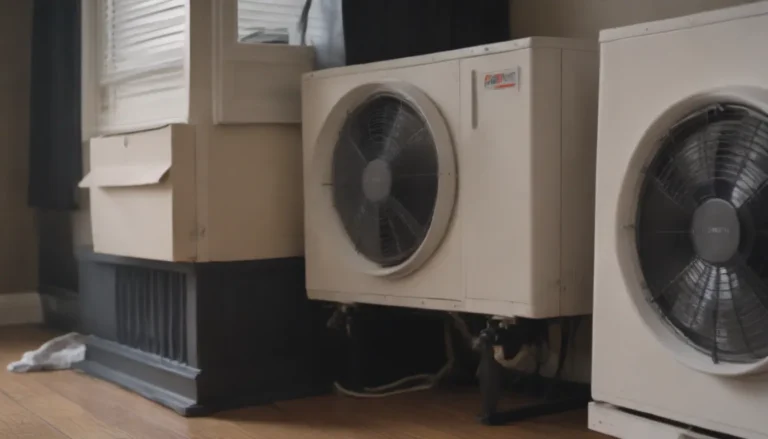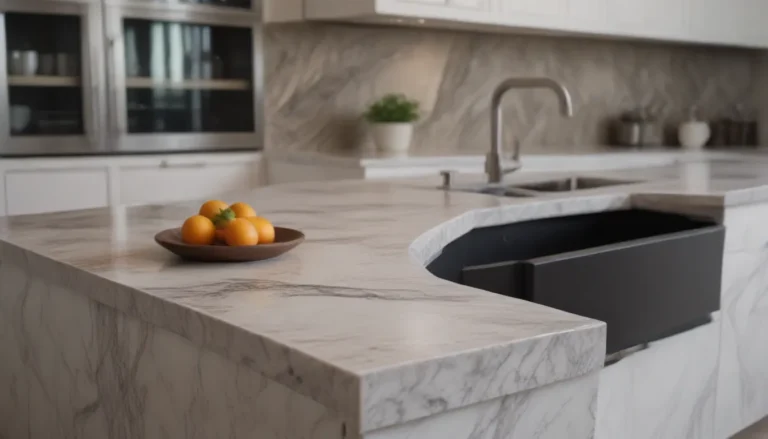The Ultimate Guide to Choosing Caulk and Sealant for Your Home Projects
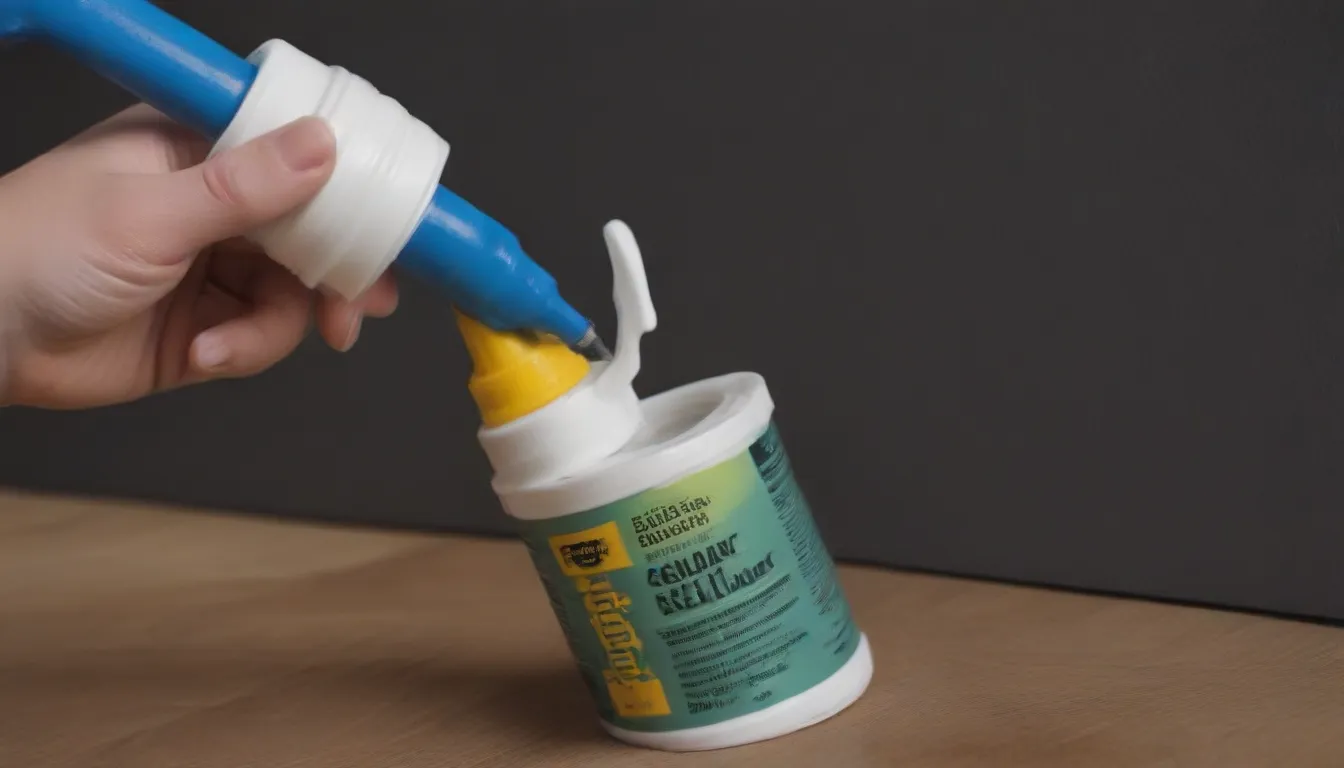
Caulk and sealant are essential materials when it comes to renovation projects around the house. Whether you’re remodeling your bathroom, installing a new backsplash in the kitchen, or sealing gaps in various surfaces, having the right caulk and sealant is key to ensuring a successful project. In this comprehensive guide, we will delve into the world of caulking and sealing, exploring the different types available and offering valuable tips on choosing the right product for your specific needs.
Understanding Caulk and Sealant
Caulk and sealant serve similar purposes, but they differ in terms of elasticity and application. Caulk is ideal for stationary surfaces, such as backsplashes, tub surrounds, and baseboards, as it is less elastic than sealant. On the other hand, sealant is more flexible and suitable for surfaces that may shift, move, shrink, or expand, like window frames and doorframes.
When selecting caulk or sealant for your project, consider the following factors:
Elasticity
- Caulk is ideal for stationary objects.
- Sealant is best for surfaces that move or shift.
Drying Time
- Both caulk and sealant typically take about 30 minutes to dry to the touch.
- Full curing may take anywhere from 24 hours to 10 days.
- Fast-drying formulas are available for projects with shorter timelines.
Color and Texture
- Consider whether the caulk or sealant can be painted.
- Sanded caulk offers better adhesion for wet surfaces and large gaps, while unsanded caulk provides a smoother finish.
Types of Caulk and Sealant
There are several types of caulk and sealant available, each with its own unique properties and applications. Here are some common varieties:
Acrylic Latex Caulk
- Suitable for general-purpose projects in dry areas.
- Can be painted after application.
- Ideal for sealing joints and gaps in wood trim.
Latex or Acrylic Caulk With Silicone
- Contains silicone for improved moisture resistance and elasticity.
- Best for moderate waterproofing applications, such as kitchen backsplashes.
Silicone Caulk
- Perfect for sealing around plumbing fixtures and wet areas.
- Resistant to fading, discoloration, and mold.
Butyl Rubber Sealant
- Effective for sealing metal and masonry joints outdoors.
- Offers superior elasticity for joints that move or shift.
Refractory Sealant
- Designed for high-temperature repairs in fireboxes.
- Not suitable for masonry replacement or major repairs.
Masonry Repair Sealant
- Flexible sealant for cracks and expansion joints in outdoor concrete surfaces.
- Also used for filling cracks in masonry-stucco walls.
Choosing the Right Caulk or Sealant
When selecting caulk or sealant for your project, consider the following factors:
- Location and target surface: Choose a water-resistant product for high-moisture areas like the bathroom or kitchen.
- Desired color and finish: Consider the aesthetic requirements of the project.
- Surface movement: Select a product that can accommodate shifting or expanding surfaces.
- Manufacturer recommendations: Follow the manufacturer’s guidelines for optimal performance.
Tips for Choosing Caulk and Sealant:
- Silicone caulk is best for water-related applications.
- Acrylic latex caulk is ideal for general-purpose sealing.
- Butyl rubber sealant works well for outdoor applications.
- Check the manufacturer’s recommendations for specific usage scenarios.
Cost Considerations
The cost of caulking or sealing a project can vary depending on whether you choose to DIY or hire a professional. On average, DIY costs range from $0.05 to $0.20 per linear foot, while hiring a pro can increase the cost to $1.25 to $4 per linear foot. Before deciding on a course of action, consider your skills, available time, and project budget.
In conclusion, choosing the right caulk and sealant for your home project is essential to achieving long-lasting, professional results. By considering factors such as elasticity, drying time, color, and texture, you can select the perfect product for your specific needs. With the wide range of options available, from acrylic latex caulk to silicone sealant, you can tackle any home renovation project with confidence and ease. Remember to follow manufacturer recommendations and guidelines for optimal performance. Happy caulking!
